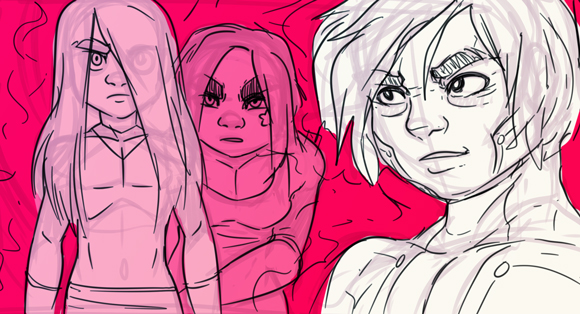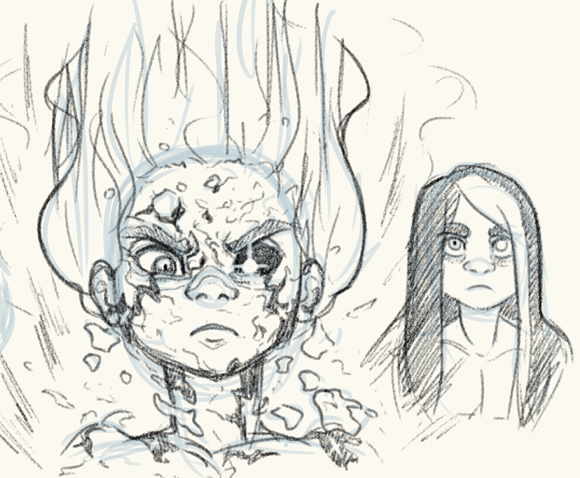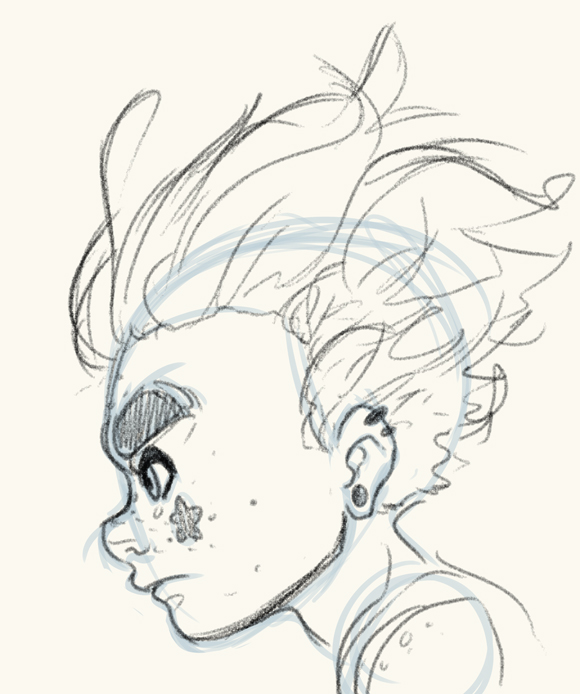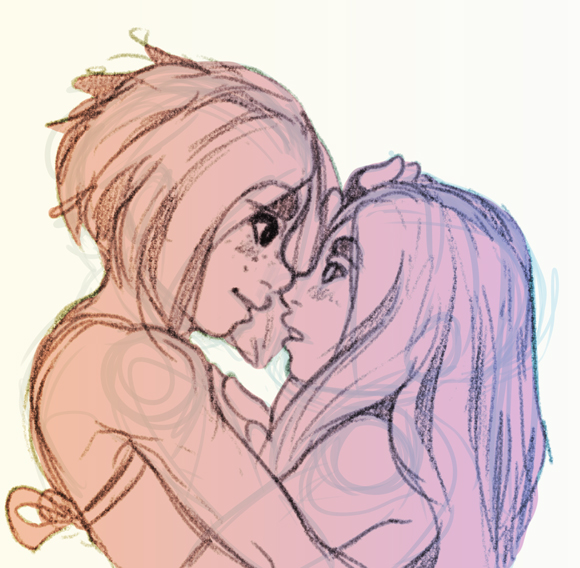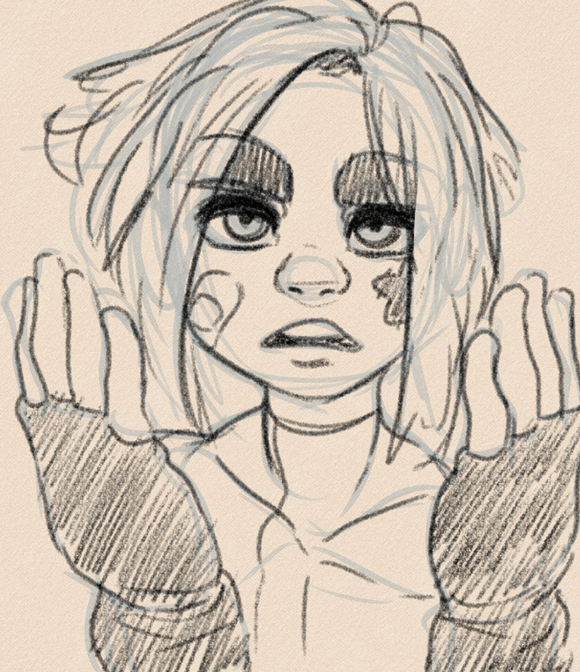Otter Example: Tweening
Did you know that Otter supports tweening? Now you do! Tweening is one of the coolest things in the world in my opinion and it's one of the easiest ways to create sweet effects and animations in games.
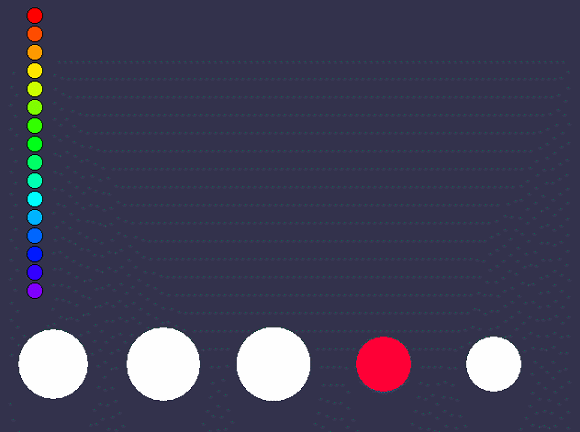
(I don't know what's up with the end of this gif so whatever.)
Otter makes use of the Glide tweening library by Jacob Albano. It has a similar syntax to TweenLite from the AS3 days of using FlashPunk, and since Otter is based off of FlashPunk having a syntax similar to a flash tweening library makes a lot of sense to me.
Check out the full source code of this example on the Otter example page!

(I don't know what's up with the end of this gif so whatever.)
Otter makes use of the Glide tweening library by Jacob Albano. It has a similar syntax to TweenLite from the AS3 days of using FlashPunk, and since Otter is based off of FlashPunk having a syntax similar to a flash tweening library makes a lot of sense to me.
Check out the full source code of this example on the Otter example page!
No Comments








